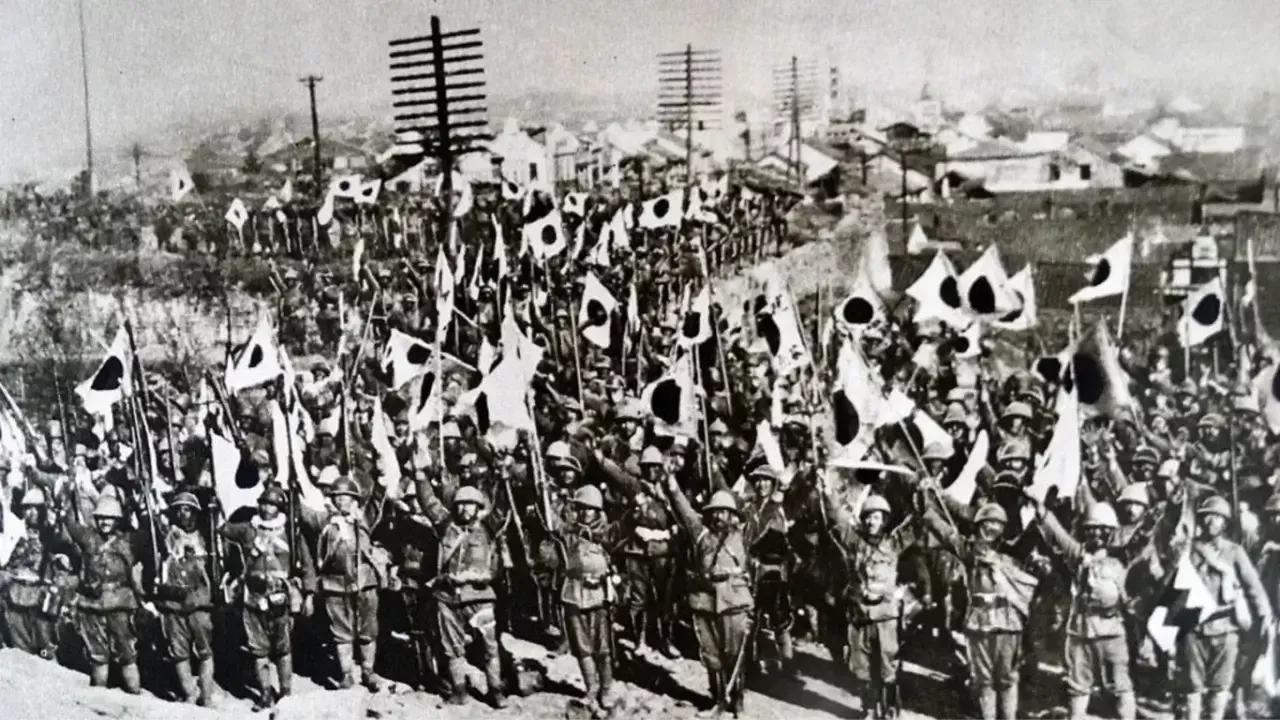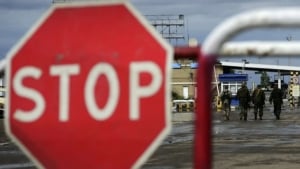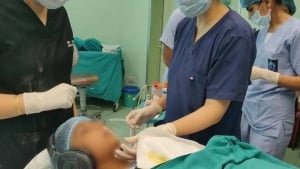
At the end of 1937, the Japanese imperial army captured the city of Nanking and killed more than 300,000 civilians and Chinese soldiers over six weeks. This was reported by Zamin.uz.
This event is considered one of the darkest chapters in the history of the Sino-Japanese War. Recently, Japanese blogger Hayato Kato, after becoming familiar with the Chinese film “Nanking Photo Salon,” emphasized that Japanese society needs to better understand this historical event.
According to him, there are still politicians and public figures in Japan who deny this massacre. The blogger’s video was viewed by millions, but the topic was not widely discussed.
The Nanking incident is not the only horror of the Japanese invasion. Thousands of people also suffered in Korea, Malaysia, the Philippines, and Indonesia.
In recent years, China has intensified its war memory policy, and under President Xi Jinping, the Nanking Massacre and other invasion events are widely covered through military parades, museums, and films. Among the new films are works that tell the story of experiments conducted on humans by the Japanese army’s Unit 731.
Disagreements over historical facts, visits by Japanese politicians to the Yasukuni Shrine, and the official apologies being considered insufficient by China hinder the restoration of trust between the two countries. Experts emphasize that the opportunity for reconciliation was in the 1970s, but since this topic was not addressed, tensions remain high today.







